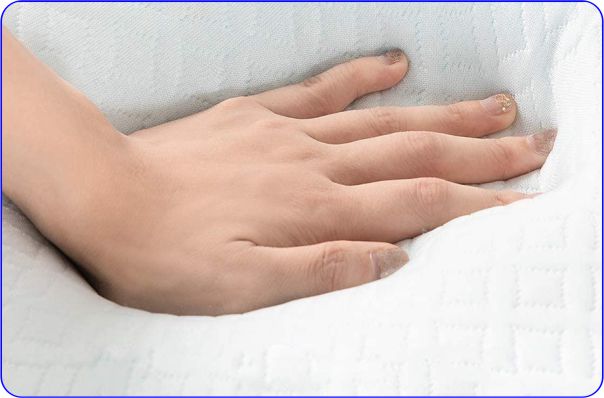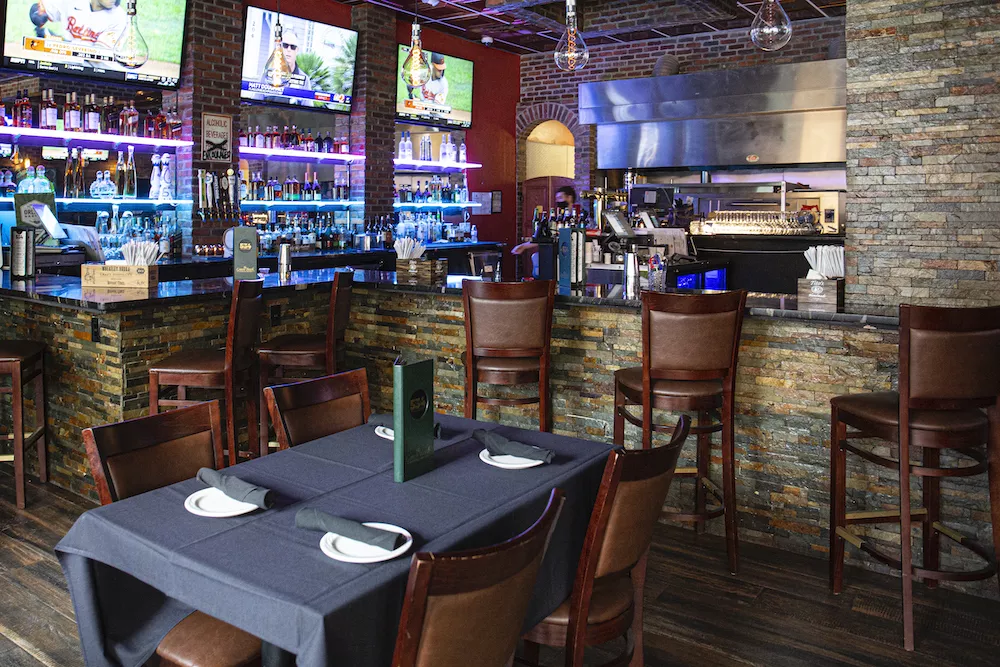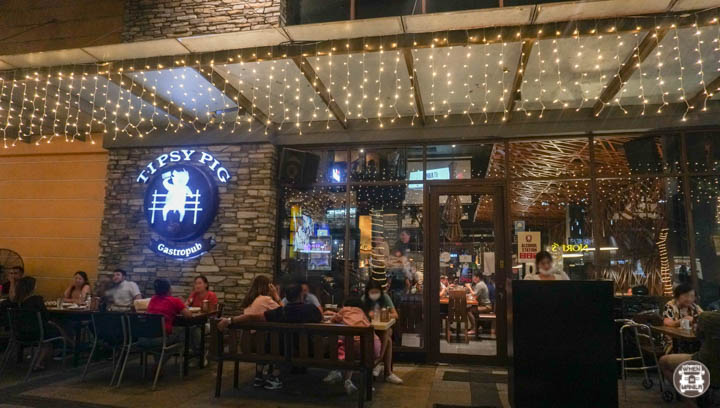Mixing bowls are essential components of a successful kitchen. They come in a variety of shapes and sizes, from small individual bowls to large family-sized vessels. Using the right mixing bowl can help make for a more enjoyable and efficient cooking experience. The most important aspect of choosing the right bowl is the material it is made from. Bowls can be made from stainless steel, ceramic, plastic, and glass. Each has its strengths and weaknesses that should be taken into consideration when making a selection. Stainless steel bowls are durable, lightweight, and easy to clean. They are also very resistant to staining and corrosive materials. On the downside, they do tend to be more expensive and can be noisy when stirring or whisking. Ceramic bowls are attractive to look at, have an easy-to-grip handle, and are resistant to chipping and cracking. However, they are heavier than stainless steel and can sometimes be difficult to clean. Plastic bowls are usually the cheapest option, making them great for those on a budget. They are lightweight, non-porous, and often have measurements molded into the inside of the bowl. Unfortunately, they can warp or melt when exposed to high heat, which means they’re not suitable for stovetop cooking. Glass bowls are strong, see-through, and great for keeping an eye on the contents. However, they can also be heavy and prone to breaking when dropped.Mixing Bowls
Colanders are an important item in any cook’s arsenal, allowing them to quickly and easily drain and rinse pastas, grains, legumes, and vegetables. There are a few types of colanders on the market, each with their own benefits and drawbacks. Plastic colanders are usually the cheapest option, making them great for those on a budget. They are lightweight and heat resistant, making them ideal for draining hot liquids. On the downside, they can be more prone to cracking and staining. Stainless steel colanders are durable, rust-resistant, and dishwasher-safe. They are also better at retaining heat, which means hot water will stay warm longer. However, they can be quite heavy and expensive. Silicone colanders are lightweight and heat-resistant, making them great for draining and washing hot items. On the other hand, they can be more difficult to clean and can have a slightly “plastic” smell. Ceramic colanders are attractive and usually less expensive than stainless steel. They can be used for both hot and cold food items and are easy to clean. Unfortunately, they can be fragile, so care must be taken when handling them.Colanders
Kitchen timers are invaluable tools for cooks and bakers alike. They can help ensure food is cooked evenly and at a safe temperature, reducing the risk of food poisoning or over-cooked food. Timers are also essential for those who are trying to perfect a recipe as they can help ensure ingredients are added at the right time. There are many types of kitchen timers on the market, including digital, analog, and even smartphone apps. Digital timers are accurate, allow for multiple timers, and come with a wide range of features. However, they can be more expensive. Analog timers are often cheaper and can sometimes even be found for free. They don’t offer the same features as digital timers but can still be used to time important recipes. Smartphone timers are convenient as they can be used anywhere and don’t require a separate device. They also offer more features than analog timers. However, they can be unreliable if you’re in a poor cell phone service area.Kitchen Timers
Cutting boards are an indispensable kitchen tool that can help make food preparation faster and easier. They come in a variety of sizes, shapes, and materials, and choosing the right one can greatly improve the efficiency of food preparation. The most common materials used for cutting boards are wood, plastic, and bamboo. Wood cutting boards are durable and give a classic look to any kitchen. They are usually made from hard woods such as maple or teak, and are quite hard wearing. Plastic cutting boards are generally cheaper and can be more sanitary as they can be washed with a disinfectant. They do tend to scratch easily and can absorb odors, however. Bamboo cutting boards are a great choice as they are strong, attractive, and naturally anti-bacterial. They are also more environmentally friendly than other materials. On the downside, they can be more expensive and may need to be oiled more frequently. Regardless of the type of cutting board chosen, it’s important to use separate boards for meat and vegetables to help reduce the risk of cross-contamination.Cutting Boards
Spatulas are indispensable kitchen tools used for tasks such as stirring, flipping, and scraping. They come in a variety of shapes, sizes, and materials, and choosing the right one can make cooking easier and more efficient. Silicone spatulas are heat-resistant, dishwasher-safe, and come in a variety of shapes and sizes. They are generally quite affordable and can be used for a variety of tasks. Metal spatulas are also heat-resistant and can be used on non-stick surfaces but can be more expensive. Wooden spatulas are great for stirring and mixing, but they should not be used on hot surfaces as they can burn. Plastic spatulas are often the cheapest option, making them great for those on a budget. They come in a variety of shapes and can be used for scraping, flipping, and mixing. However, they are not heat-resistant and can melt when exposed to high temperatures. Regardless of the type of spatula chosen, it is important to ensure it is kept clean and free of grease for optimal performance.Spatulas
Thermometers are an invaluable tool for cooks, enabling them to ensure food is cooked to a safe temperature and has not been under or over cooked. There are a few types of thermometers on the market, each with their own benefits and drawbacks. Digital thermometers are accurate, easy to read, and come with a wide range of features such as timers and alarms. However, they can be more expensive than analog thermometers. Analog thermometers are usually cheaper but can be difficult to read. Refrigerator thermometers are designed to measure the temperature inside a refrigerator or freezer, making them indispensable for food safety. However, they must be checked regularly to ensure accuracy. Instant-read thermometers are great for taking a quick temperature reading of food and do not require any calibration. They can be costly, however, and must be used with caution to avoid burning. Fry thermometers are designed for deep-frying and measure the temperature of the oil. They are usually the most accurate and cost-effective option for frying.Thermometers
Sieves are often overlooked kitchen tools, but they can be invaluable for the proper preparation of food. They are used to separate solids from liquids and can be used for tasks such as straining, rinsing, and sifting. Sieves come in a wide variety of sizes and materials, and choosing the right one can make the task much easier. Stainless steel sieves are durable, long-lasting, and rust-resistant. They come in a variety of sizes and are usually easy to clean. Plastic sieves are usually the cheapest option and usually won’t rust or corrode. Unfortunately, they can be more prone to breaking and staining than stainless steel sieves. Mesh sieves are great for finely straining liquids and are usually quite affordable. On the downside, they can be more difficult to clean than other types of sieves. While sieves can be a great time-saver, it’s important to remember to clean them properly after each use. This will help to ensure the sieve remains in good condition and food safety is maintained.Sieves
Measuring cups and spoons are essential for any successful kitchen. They can be used for tasks such as measuring liquids, dry ingredients, and evensolid foods. The right tools can make cooking more reliable and efficient, and can help reduce the risk of ruining recipes or wasting food. Measuring cups are usually made from plastic, metal, or glass and come in a variety of sizes. Plastic measuring cups are lightweight, non-porous, and great for measuring liquid ingredients. Metal measuring cups are more durable and easier to clean, although they will need to be washed by hand. Glass measuring cups are usually see-through, allowing for greater accuracy when measuring liquids. Measuring spoons come in sets of multiple sizes and are usually made from plastic, metal, or ceramic. Plastic spoons are usually the cheapest option and can be found in a variety of colors and shapes. Metal spoons are usually more durable and can be used for measuring both liquids and solids. Ceramic spoons are attractive and come in a variety of designs, making them great for serving food.Measuring Cups & Spoons
Nutcrackers are often thought of as a holiday tradition for cracking open walnuts and pecans. However, they can also be incredibly useful for year-round cracking of all kinds of nuts. The right nutcracker can make the task of cracking nuts much easier and more efficient. There are a few types of nutcrackers on the market, each with their own benefits and drawbacks. Manual nutcrackers are usually cheaper but require more effort to crack nuts. They come in a variety of designs, from traditional lever-style to more modern, ergonomic designs. Automatic nutcrackers are durable and require minimal effort, but can be more expensive. They are usually made from metal and can crack larger nuts with ease. Nutcrackers are also available with additional features such as built-in storage for collected nuts and non-skid bases. Whatever type of nutcracker is chosen, it’s important to select one that is made from durable materials and is easy to use.Nutcrackers
Knives are the most essential tool in any kitchen. Selecting the right knife for the job can make food preparation faster and easier. There is a wide variety of kitchen knives on the market, each with its own benefits and drawbacks. Chef’s knives are usually the most popular choice and are great for a variety of tasks. They come in a variety of sizes, shapes, and materials, and can be used for chopping, slicing, and dicing. Paring knives are smaller and have special blades designed for tasks such as peeling and coring fruits and vegetables. They can also be used for finer cutting such as garnishes and decorations. Bread knives are serrated and are designed specifically for slicing bread, pastries, and cakes. The most important aspect of choosing the right knife is the material it is made from. Knives can be made from stainless steel, ceramic, and carbon steel. Stainless steel knives are durable and easy to clean, but can be prone to rusting and corrosion. Ceramic knives are lightweight and harder than most metals, but can be brittle and prone to chipping. Carbon steel knives are strong and maintain their sharpness better than most other materials, but can be more expensive and prone to rusting.Knives
Diverse Styles of Kitchen Design Utensils
Kitchen utensils come in a variety of styles, materials, and colors, ranging from classic to modern. Every kitchen should have basic utensils like spatulas, ladles, and wooden spoons. It’s also beneficial to have additional tools like a
vegetable peeler
, a rolling pin, or a food chopper. Whether you’re doing a full-scale
kitchen renovation
or just looking for some
new kitchen gadgets
to jazz up your space, your search can start here.
Wooden Utensils
 Wooden utensils are among the oldest and most common options. Known for their strength and durability, they are also gentle on cookware and gadgets. Most wooden utensils are suited to cooking and baking, but can also be used for serving.
Wooden utensils are among the oldest and most common options. Known for their strength and durability, they are also gentle on cookware and gadgets. Most wooden utensils are suited to cooking and baking, but can also be used for serving.
Stainless Steel Utensils
 Stainless steel utensils are the workhorses of the kitchen. Not only are they rust and heat resistant, they also come in a variety of shapes and sizes, allowing for a wide range of uses. They’re also dishwasher safe and easy to clean.
Stainless steel utensils are the workhorses of the kitchen. Not only are they rust and heat resistant, they also come in a variety of shapes and sizes, allowing for a wide range of uses. They’re also dishwasher safe and easy to clean.
Silicone Utensils
 Silicone utensils are the latest addition to the kitchen. They come in a variety of bright colors that add a pop of vibrancy to any kitchen. Silicone utensils are great for non-stick cookware, since they won’t scratch the surface. They are heat-resistant up to about 500 degrees Fahrenheit.
Silicone utensils are the latest addition to the kitchen. They come in a variety of bright colors that add a pop of vibrancy to any kitchen. Silicone utensils are great for non-stick cookware, since they won’t scratch the surface. They are heat-resistant up to about 500 degrees Fahrenheit.
Reclaimed and Upcycled Utensils
 For an eco-friendly and sustainable option, look for reclaimed and upcycled utensils. These utensils are usually made from old pieces of wood or recycled metals that have been repurposed for use in the kitchen. Not only are they stylish, they’re also a great way to do your part for the planet.
No matter what kind of kitchen design you’re creating, there is a utensil that will make your dream kitchen come to life. With the wide variety of styles, materials, and colors available, you’re sure to find the perfect kitchen utensil to complete your space.
For an eco-friendly and sustainable option, look for reclaimed and upcycled utensils. These utensils are usually made from old pieces of wood or recycled metals that have been repurposed for use in the kitchen. Not only are they stylish, they’re also a great way to do your part for the planet.
No matter what kind of kitchen design you’re creating, there is a utensil that will make your dream kitchen come to life. With the wide variety of styles, materials, and colors available, you’re sure to find the perfect kitchen utensil to complete your space.

Wooden Utensils
 Wooden utensils are among the oldest and most common options. Known for their strength and durability, they are also gentle on cookware and gadgets. Most wooden utensils are suited to cooking and baking, but can also be used for serving.
Wooden utensils are among the oldest and most common options. Known for their strength and durability, they are also gentle on cookware and gadgets. Most wooden utensils are suited to cooking and baking, but can also be used for serving.
Stainless Steel Utensils
 Stainless steel utensils are the workhorses of the kitchen. Not only are they rust and heat resistant, they also come in a variety of shapes and sizes, allowing for a wide range of uses. They’re also dishwasher safe and easy to clean.
Stainless steel utensils are the workhorses of the kitchen. Not only are they rust and heat resistant, they also come in a variety of shapes and sizes, allowing for a wide range of uses. They’re also dishwasher safe and easy to clean.
Silicone Utensils
 Silicone utensils are the latest addition to the kitchen. They come in a variety of bright colors that add a pop of vibrancy to any kitchen. Silicone utensils are great for non-stick cookware, since they won’t scratch the surface. They are heat-resistant up to about 500 degrees Fahrenheit.
Silicone utensils are the latest addition to the kitchen. They come in a variety of bright colors that add a pop of vibrancy to any kitchen. Silicone utensils are great for non-stick cookware, since they won’t scratch the surface. They are heat-resistant up to about 500 degrees Fahrenheit.
Reclaimed and Upcycled Utensils
 For an eco-friendly and sustainable option, look for reclaimed and upcycled utensils. These utensils are usually made from old pieces of wood or recycled metals that have been repurposed for use in the kitchen. Not only are they stylish, they’re also a great way to do your part for the planet.
No matter what kind of kitchen design you’re creating, there is a utensil that will make your dream kitchen come to life. With the wide variety of styles, materials, and colors available, you’re sure to find the perfect kitchen utensil to complete your space.
For an eco-friendly and sustainable option, look for reclaimed and upcycled utensils. These utensils are usually made from old pieces of wood or recycled metals that have been repurposed for use in the kitchen. Not only are they stylish, they’re also a great way to do your part for the planet.
No matter what kind of kitchen design you’re creating, there is a utensil that will make your dream kitchen come to life. With the wide variety of styles, materials, and colors available, you’re sure to find the perfect kitchen utensil to complete your space.

























































































